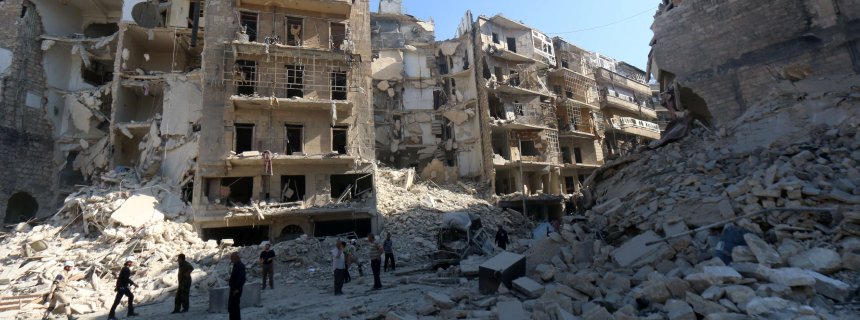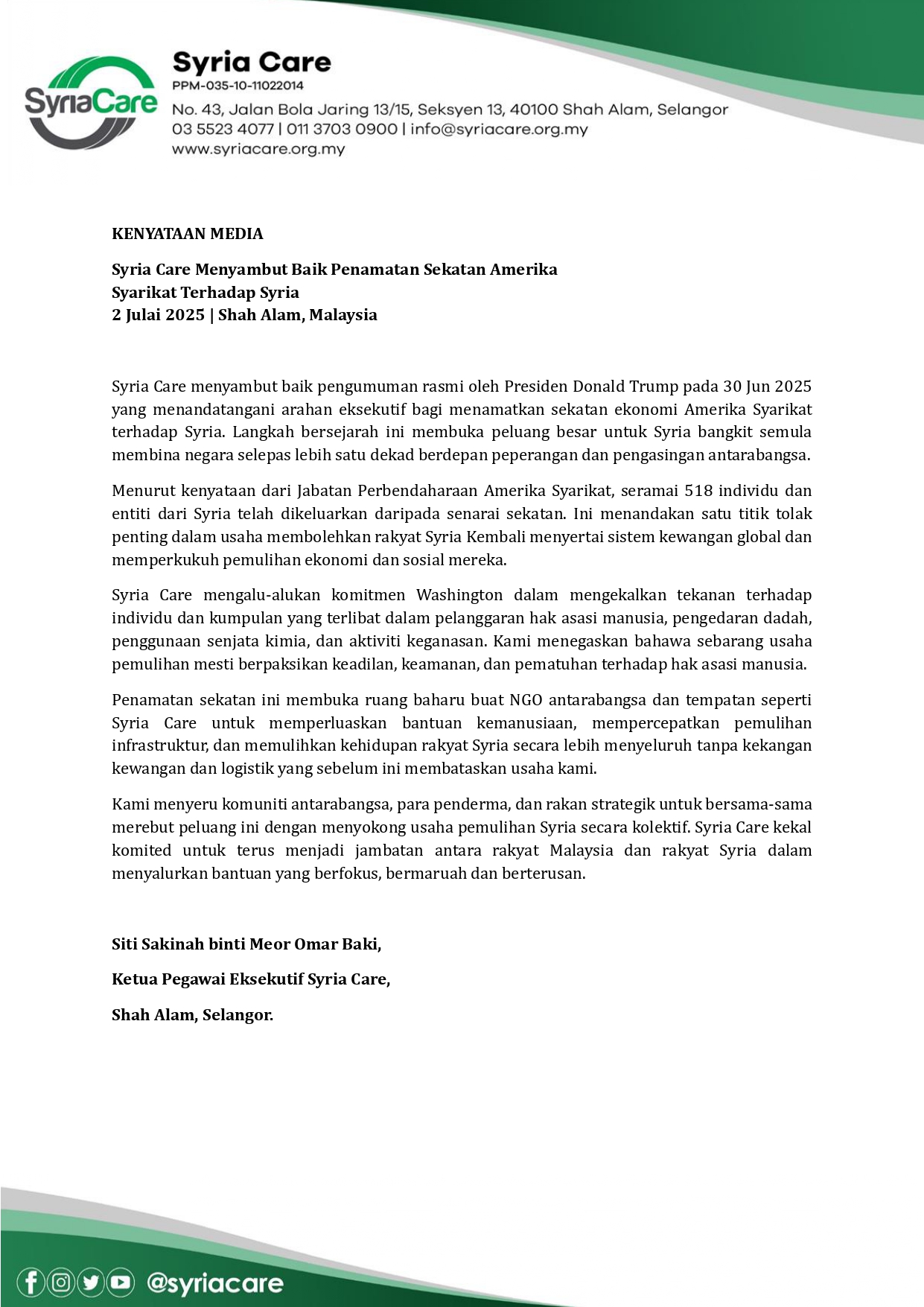This week marked the end of the sixth year of the war in Syria. On this terrible anniversary we examine the deepening economic, social and other divisions that make it so difficult for refugees to return to Aleppo, the city that has become a bellwether for the country’s future.
In late January, a train to eastern Aleppo left the city’s main railway station for the first time in four years. The station, which was built before World War I as part of the Berlin-Baghdad network and is still referred to by some locals as “Gare de Baghdad”, has witnessed several conflicts in the course of almost a century, but none as devastating as the siege of Aleppo and the subsequent military offensive by the Syrian government in December.
As the train chugged through bombed-out eastern Aleppo as part of its daily route through the city, passengers peered through the windows at the wreckage in bewildered silence; their city had become unrecognizable. Some residents could be seen returning to their homes, clambering over the remnants of destroyed buildings, many of them without power, water and, in some cases, roofs and walls.
Syria entered its seventh year of conflict on Wednesday and many mourned the destruction of Aleppo. But bombed-out buildings are just one of the many obstacles to rebuilding the city. It has also suffered a significant loss of people, capital, intellectual capacity and diversity. Aleppo has in fact become emblematic of the prolonged sectarian, socioeconomic and rural/urban rifts across the country that could have a serious impact on the return of refugees and internally displaced persons (IDPs).
Despite centuries of multicultural existence, the last few years of war have fragmented Syria’s largest city, creating a pronounced division between the east and west, and reducing some 35,722 structures to rubble. Human rights groups have labelled Aleppo “the worst place in the world,” due in large part to the indiscriminate bombing of civilians and the government-imposed siege.
With much of Aleppo’s population denied basic services and their economic lifeline severed by fighting, many have fled to other parts of Syria and across its borders. Most recently, 37,500 people were led out of the city in December in a mass evacuation brokered by Turkey and Russia during the so-called “liberation” of the eastern side of the city. By early January, the United Nations reported, only about 2,200 families had returned. Aleppo has undergone ostensibly permanent demographic changes, according to several organizations, including the U.N. refugee agency.
“Reversing such a drain of people and resources will require a very large investment, if we want to get back to the pre-conflict situation,” researchers at the National Agenda for the Future of Syria (NAFS) told a conference in Beirut last November. Launched by the the U.N.’s Economic and Social Commission for Western Asia (ESCWA), the program is mapping out the social, political and economic factors shaping any future reconstruction.
Bassel Kaghadou, lead consultant at the NAFS project, notes that there is now heavy “identity polarization” stoked by the warring parties and their proxies. The “identities and micro-identities” of different cities that have hardened over the conflict years should be taken into account by the U.N.’s political and humanitarian branches, says Kaghadou.
“The conflict in the Damascus area, for example, has more of a financial and a rural/urban dimension, whereas in areas like Homs it’s more of a sectarian dimension. In areas like Aleppo, it’s more of a poor/rich divide – those who have, those who don’t have.”
Understanding the nature of conflicts in the different urban centres is vital for assessing the feasibility and nature of returns, Kaghadou adds.
Aleppo has set an alarming precedent for dozens of other places under siege across the country, according to internal U.N. reports and local observer groups – and the city may be a bellwether for other returnees and the rebuilding of not only infrastructure but also the social fabric. Government forces recently encircled three rebel-held neighborhoods in eastern Damascus in order to secure Eastern Ghouta, an agricultural area home to an estimated 250,000 civilians, which may be the next instance of mass displacement.
“Few places are as ancient and diverse,” writes Philip Mansel in his book “Aleppo: The Rise and Fall of Syria’s Great Merchant City,” which was published last summer before the government offensive in late December. This followed an on-and-off siege by opposing sides that had been in effect since 2012.
Mansel’s exploration of one of the world’s oldest continually inhabited cities – part of a lifeline linking Mesopotamia to the Mediterranean and a key port on the Silk Road – is even more striking today. The Assyrians, Persians, Greeks, Romans, Arabs, Ottomans and French who at various times competed for control of this venerable merchant city – which Mansel describes as an artery pumping economic gain and cultural exchange between the Far East and the West – would not recognize it. Today’s Aleppo epitomizes the impact of sustained violence…




![Kenyataan Media Syria Menuju Masa Depan Lebih Stabil Dengan Gabungan Sdf & Kerajaan Baru[1] Page 0001](https://syriacare.org.my/wp-content/uploads/2025/03/KENYATAAN-MEDIA-SYRIA-MENUJU-MASA-DEPAN-LEBIH-STABIL-DENGAN-GABUNGAN-SDF-KERAJAAN-BARU1_page-0001-scaled.jpg)